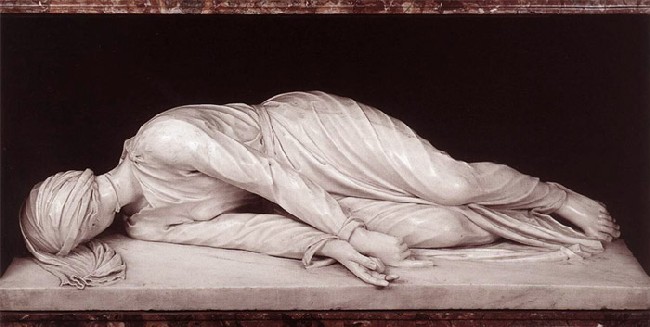
Monastic Life is an overview English Benedictine communities. The short, well-organized 14-page PDF summary has a detailed drawing of a typical monastery, describes daily life, and has a good description of how monasteries affected and improved the life of the wider community. This resource is from Feltonfleet School in Cobham, Surrey, England.
From "Monastic Life"
"The Importance of MonasteriesI liked finding "Monastic Life" on the Internet recently especially because the document is part of the educational resources available at Feltonfleet School in Cobham, Surrey, England. The Feltonfleet School is an independent day and weekly boarding Preparatory School for boys and girls aged 3-13 years. How about that!
"A monastery existed to serve God in a number of ways.
● To worship and praise God
● To help the poor, elderly and sick.
● To look after and help travellers
● To maintain learning and to educate people
● To feed and cloth the inhabitants of the monastery to ensure that they could carry out their duties.
● The Medieval monastery played an important part in relieving the suffering, poverty and ignorance that was prevalent in those days of war and hardship.
● The monks were experts on medicine and farming techniques.
● They offered shelter and hospitality to the poor.
● They were often the only hospital around.
● The monastery offered a certain number of places for teaching pupils the elements of reading, writing, and Latin. This was virtually the only source of education in the Middle Ages. There was many a baron who could not read or write.
● The monasteries set a rare example of hygiene and cleanliness. Rivers were tapped to provide a supply of fresh water.
● Since the monks were some of the very few who could read and write, they have provided us with invaluable information in the form of books, pamphlets and pictures.
● Monks also promised to look after elderly (rich) people in exchange for a gift of money or land. This was called a corrody. This was rather like a medieval insurance policy that was only of benefit to those who could afford it."
I am sure there are other schools providing information about the Benedictines in Medieval times, but this was the first one I found that has the information on the Internet. Well done Feltonfleet School.
__________________________
Footnotes:
Picture is "The remains of the Abbey" (Shaftesbury Abbey) by Digging For Fire and is used subject to license.
From Wikipedia:
"Shaftesbury Abbey was an abbey that housed nuns in Shaftesbury, Dorset. Founded in the year 888, the abbey was the wealthiest Benedictine nunnery in England, a major pilgrimage site, and the town's central focus. The abbey was destroyed in 1539 by the order of Thomas Cromwell."
"Thomas Hardy wrote of the Abbey ruins:
"Vague imaginings of its castle, its three mints, its magnificent apsidal Abbey, the chief glory of south Wessex, its twelve churches, its shrines, chantries, hospitals, its gabled freestone mansions—all now ruthlessly swept away—throw the visitor, even against his will, into a pensive melancholy which the stimulating atmosphere and limitless landscape around him can scarcely dispel."Note: the links to the file on the Feltonfleet School's web site did not work when I first posted this blog, here is a copy of Monastic Life.









Oh, thank you for putting me in touch with this rich history of monastic life in England...I will enjoy!!!!
ReplyDelete<span>Yes, oh to be a student at Feltonfleet School!</span>
ReplyDeletehey! I linked your blog on my new post Pre-Lent Fasting and Praying. I've been reading the Rules of Benedict.
ReplyDeletehttp://lightedpen.blogspot.com/
Blessings!
Thank you for your blog about how monasteries interacted with, and supported, their communities in the good old day.
ReplyDeleteReading this, I felt almost transported back into time. Are monasteries today operating to some extent in the same manner in regard to how the monastery is part of the community instead of apart from it?
Thanks for the interesting lesson!
God bless you my brother.
ReplyDeleteI am a franciscan frier in Brazil.
Congratulations!
Frei Alvaci